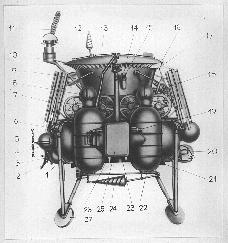Forty years ago today — November 25, 1970 — test pilot Bill Dana flew the M2-F3 lifting body on its first powered flight.

(M2-F3 on the lakebed at Edwards AFB. NASA image.)
The M2-F3 was an upgraded model of the M2-F2 lifting body, which had control problems resulting in a crash. The F3 version added a central vertical fin, and the result improved the control so much that only three few unpowered glide flights were needed before Dana’s powered flight.
Dana later flew the M2-F3 on its fastest-ever flight, reaching Mach 1.6 (1064 mph) on December 13, 1972.
___
Happy Thanksgiving, everyone!

















